The Role of ABA Therapy in Managing Attention Problems

Understanding ABA Therapy's Impact on Attention Management
Applied Behavior Analysis (ABA) therapy has become a cornerstone in managing attention problems associated with ADHD in children. Rooted in the principles of behaviorism, ABA offers a structured, evidence-based approach that focuses on modifying behaviors, developing essential skills, and improving overall functioning. This article explores how ABA therapy helps children with ADHD improve their ability to focus, stay organized, and develop social and behavioral skills necessary for daily life.
Foundations and Principles of ABA Therapy in ADHD Treatment
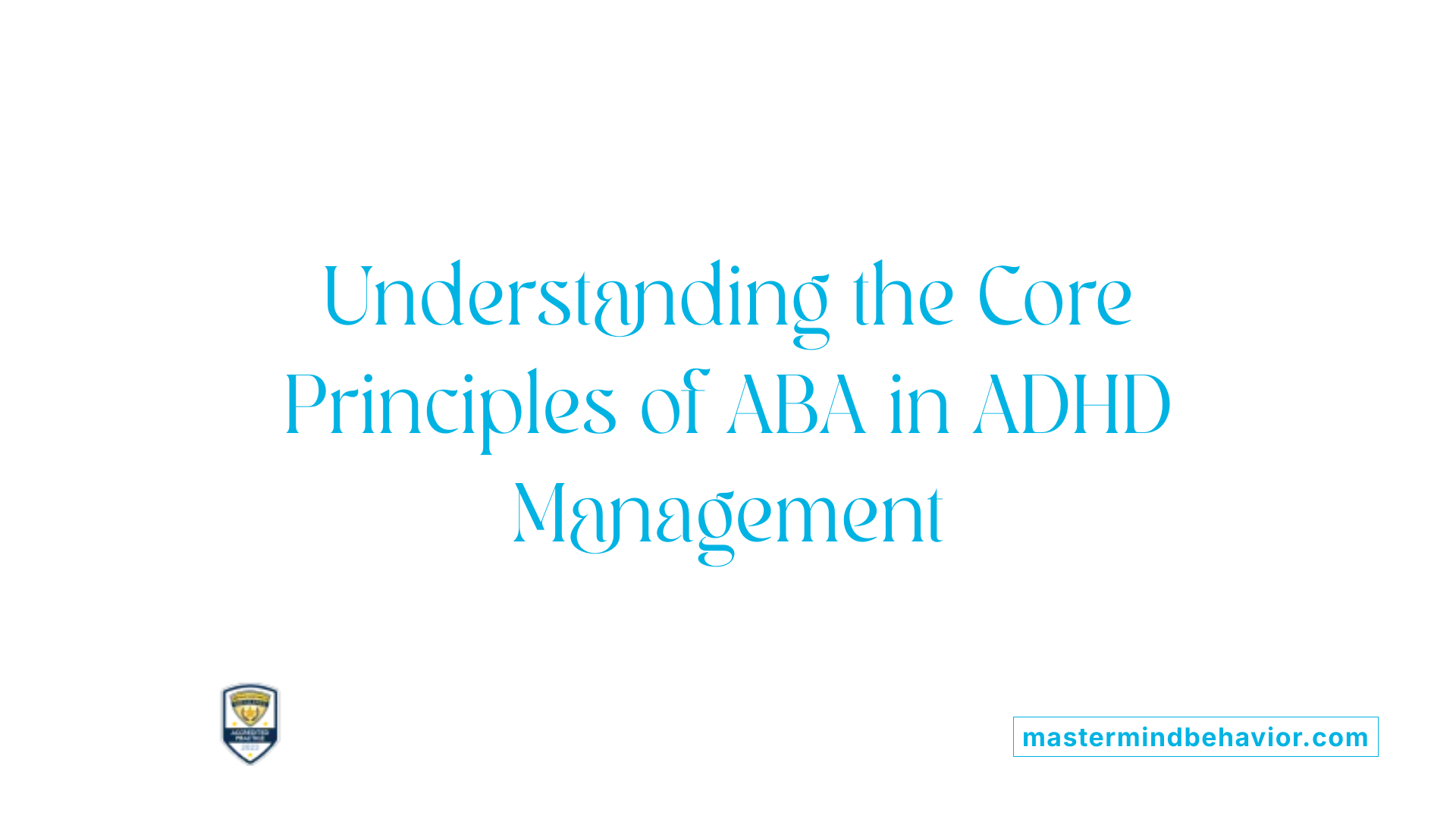
What are the principles and applications of ABA therapy for attention-related issues in children with ADHD?
Applied Behavior Analysis (ABA) therapy for children with ADHD is built upon fundamental principles such as reinforcement, behavior analysis, and functional behavior assessment. These principles are applied systematically to help modify behaviors linked to attention difficulties, impulsivity, and hyperactivity.
At the core of ABA is positive reinforcement. This involves rewarding children when they demonstrate desirable behaviors, such as maintaining focus or following instructions. For example, if a child with ADHD completes a task or stays attentive during an activity, they receive praise or a token, which encourages the repetition of that behavior.
To develop effective interventions, a comprehensive evaluation is performed by trained professionals, often Board Certified Behavior Analysts (BCBAs). This assessment identifies the functions or triggers of specific behaviors—whether they are escape, attention, or sensory needs—and guides the creation of personalized treatment plans.
ABA techniques also include modifying antecedents, such as reducing environmental distractions through visual schedules or structured routines, to help children focus better. Response strategies like self-management training and social skills modeling are used to promote independent regulation of attention and impulses.
Additionally, ABA addresses attention issues by breaking down complex tasks through task analysis, making activities manageable and reducing overwhelm. Self-monitoring exercises help children recognize their attention lapses and employ coping strategies proactively.
Importantly, ABA therapy often works best when combined with other treatments like medication. The integration of behavioral interventions with pharmacological approaches can lead to significant improvements in attention span, compliance in daily routines, and reductions in disruptive behaviors.
Overall, ABA offers evidence-based, adaptable strategies that empower children with ADHD to develop better focus, impulse control, and social functioning. Its structured approach and measurable goals make it a vital component in managing attention-related challenges and promoting long-term behavioral success.
Techniques and Strategies Used in ABA to Enhance Attention
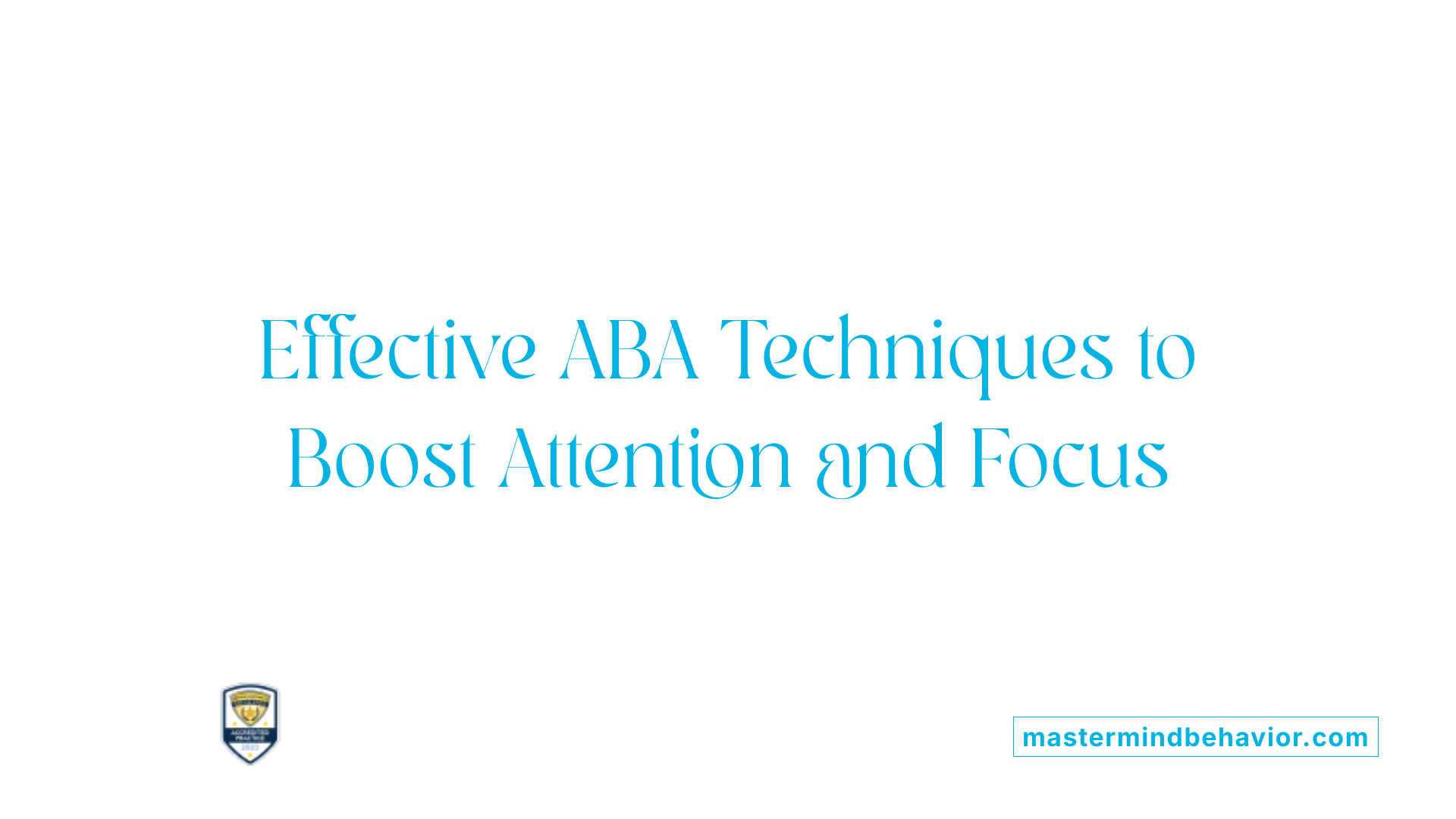
What techniques and strategies are employed in ABA therapy to improve attention?
Applied Behavior Analysis (ABA) utilizes several methods to help children with ADHD improve their focus and attention span. These approaches are systematic and tailored to each child's needs, ensuring the most effective intervention.
One fundamental technique is task analysis. This involves breaking down complex activities into small, manageable steps. By simplifying tasks, children are less likely to feel overwhelmed, and they can learn to focus sequentially on each part, building stronger attention skills.
Another essential strategy is discrete trial training (DTT). DTT uses structured, repeated practice sessions where children are prompted to perform specific behaviors. Immediate positive feedback or reinforcement follows successful responses, helping children associate focused effort with positive outcomes.
Positive reinforcement plays a crucial role. Rewards like praise, tokens, or access to preferred activities motivate children to maintain their attention. Such reinforcement increases the likelihood that attentive behaviors will occur more frequently.
In addition, behavioral prompting and visual supports—like picture schedules or visual cues—are used to guide children in staying attentive and organizing their activities.
Establishing structured routines and modifying the environment are also effective. Predictable schedules and organized settings reduce distractions, helping children concentrate on tasks.
Beyond these techniques, ongoing data collection and functional behavior assessments (FBAs) allow therapists to monitor progress and make individualized adjustments. This continuous evaluation ensures that interventions maintain relevance and effectiveness in improving attention.
In summary, ABA therapy combines task analysis, structured training methods, reinforcement, visual aids, environmental adjustments, and data-driven modifications to promote sustained attention in children with ADHD and support their development in various daily settings.
Benefits of ABA Therapy for Children with Attention Issues
What are the benefits of ABA therapy for individuals with attention problems and ADHD?
ABA therapy provides a range of positive effects for children experiencing attention difficulties and ADHD. It helps improve areas such as focus, self-regulation, and behavioral management.
Through dedicated, evidence-based methods like positive reinforcement and self-monitoring, ABA teaches children new skills that support attention span and impulse control. Techniques such as discrete trial training and task analysis break down complex activities, making them easier to learn and complete.
In addition to cognitive improvements, ABA enhances social interactions by teaching communication skills, patience, and turn-taking — all vital for healthy social development.
Parents often find that ABA also reduces disruptive behaviors and anxiety by addressing the underlying triggers, providing children with coping strategies to handle emotional responses and social challenges.
Furthermore, ABA assists children in developing organizational and daily living skills, fostering independence. Ongoing monitoring and individual adjustments ensure that therapy remains relevant and effective.
When combined with medication or other interventions, ABA offers a comprehensive approach that can optimize treatment outcomes. Parent training further supports consistent application of strategies at home and in different settings, amplifying benefits.
Overall, ABA therapy supports children in living more balanced and socially connected lives by systematically alleviating ADHD symptoms and improving key behaviors.
Enhancing Behavioral, Social, and Organizational Skills through ABA
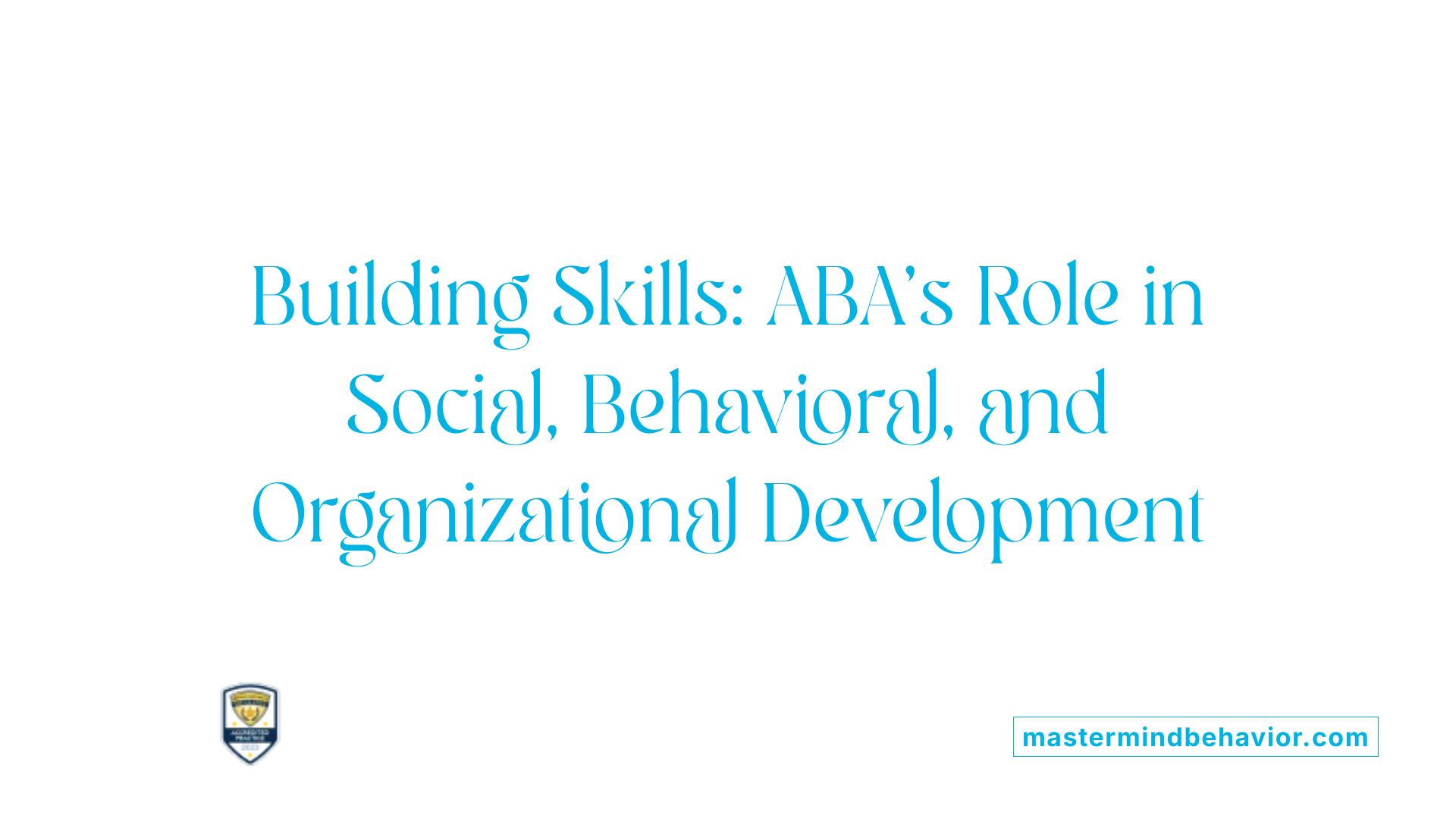
How does ABA therapy contribute to enhancing behavioral, social, and organizational skills related to attention?
ABA therapy plays a vital role in strengthening a child's ability to stay focused and manage behaviors effectively. By teaching structured routines, ABA helps children develop habits that promote attention and reduce impulsivity. Techniques such as differential reinforcement, which rewards desired behaviors, and discrete trial training, which breaks tasks into manageable steps, are used to improve concentration and task completion.
Visual supports like schedules and prompts further assist children in understanding expectations and staying organized. As a result, children learn to regulate their impulses, improve their self-control, and sustain attention during activities, both at home and in school.
Beyond behavior management, ABA emphasizes social skills development. Children are taught to recognize social cues like facial expressions and body language, which helps them interpret social situations more accurately. Role-playing and social skills training allow children to practice initiating conversations, sharing, waiting turns, and responding appropriately, fostering better peer relationships.
Caregiver involvement is crucial to this process. Training parents and caregivers ensures that the strategies learned during therapy are consistently applied across different settings, supporting the generalization of skills.
Overall, ABA provides a systematic, tailored approach that addresses behavioral challenges, enhances social understanding, and improves organizational skills, helping children with ADHD become more independent and socially engaged in everyday life.
Implementing ABA in Daily Life and Its Long-Term Impact
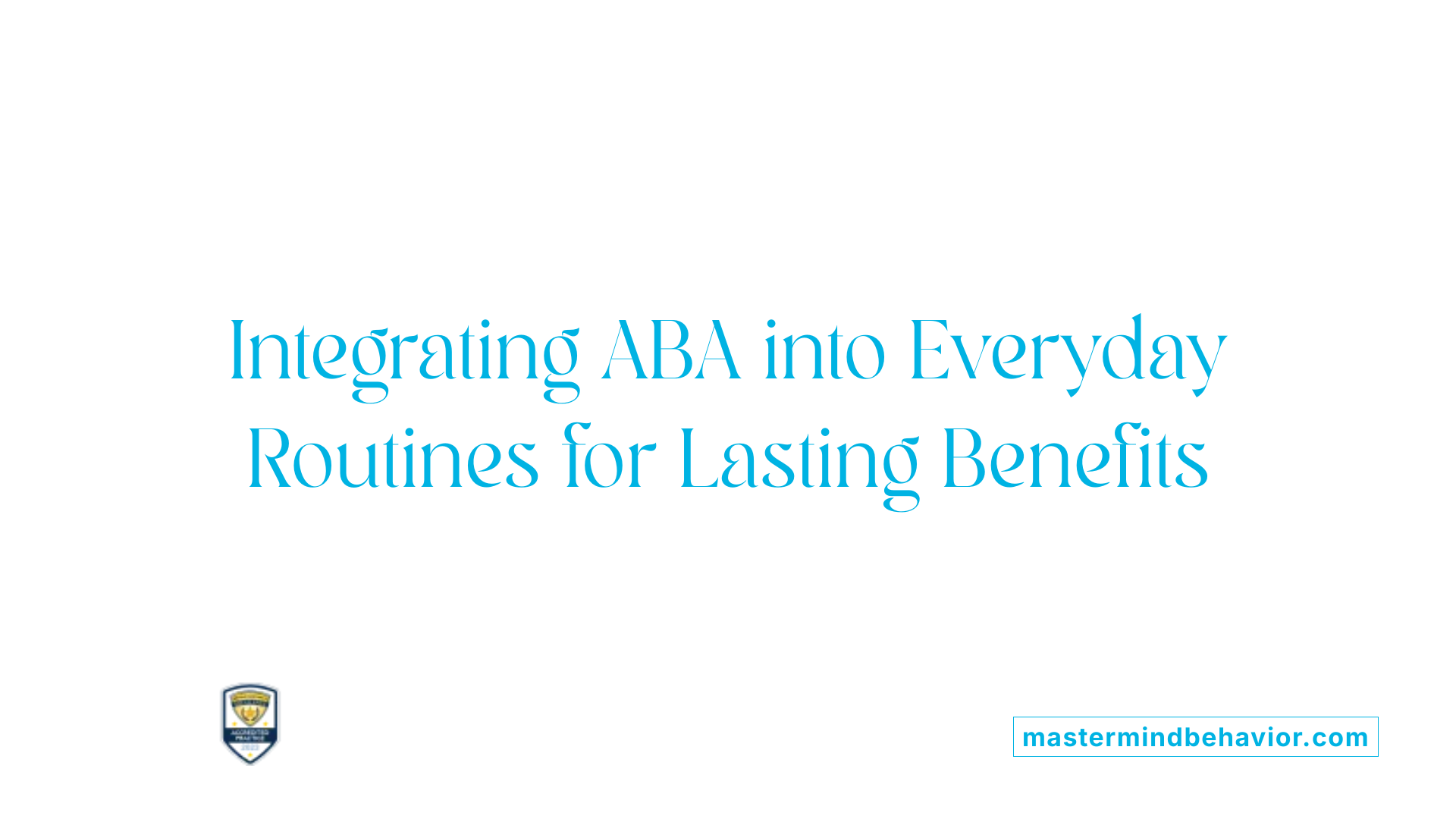
How is ABA therapy applied in the treatment of attention difficulties within ADHD management?
ABA therapy plays a crucial role in managing attention difficulties associated with ADHD by implementing tailored behavioral strategies. Trained professionals, such as Board Certified Behavior Analysts (BCBAs), conduct functional behavior assessments to identify specific behaviors and their antecedents—what triggers them—and consequences—what reinforces them.
Based on this assessment, individualized treatment plans are designed to target symptoms like inattention, hyperactivity, and impulsivity. Techniques such as differential reinforcement of appropriate behaviors, discrete trial training, self-management, and behavior chaining are utilized to promote focus and self-control.
Environmental modifications are also implemented, including visual schedules, timers, and structured routines, to help children understand expectations and stay engaged in tasks. These tools reduce overwhelm and support sustained attention.
The goal is to reinforce effort and progress, teaching children organizational skills and social interactions while reducing disruptive behaviors. Combining these behavioral approaches with medication often enhances overall outcomes, resulting in improved attention spans, better social skills, and greater self-regulation.
This systematic, evidence-based approach makes ABA especially effective, as it addresses the unique needs of each child and adapts as they develop new skills or encounter challenges.
How is ABA therapy integrated into daily routines?
ABA strategies can be seamlessly incorporated into everyday activities. For example, using visual schedules helps children follow daily routines, providing clear expectations that reduce confusion and distraction.
Timers can signal when to switch tasks, helping with transitions and maintaining focus. Immediate positive reinforcement—such as praise or tokens—is used to strengthen desired behaviors like sitting still or completing homework.
Parents and caregivers are trained to implement these techniques consistently across settings, which enhances their effectiveness. Regular practice and reinforcing progress ensure that children develop better behavioral regulation and attention skills over time.
What are the long-term benefits of ABA therapy, and can it help reduce medication dependence?
Long-term outcomes of ABA therapy include significant improvements in attention, impulse control, social interactions, and emotional regulation. Many children develop the skills necessary to manage daily challenges more independently.
Effective ABA interventions can lead to sustained behavioral improvements that persist even after therapy sessions end. As children build these skills, some families and clinicians observe a decrease in the need for medication or dosage adjustments.
Additionally, ongoing progress tracking allows for continuous adjustments to treatment plans, ensuring that interventions remain relevant and effective as the child's needs evolve.
In case studies, children like Raj have shown marked improvements in focus and social skills, which contribute to better academic performance and peer relationships. These positive changes often translate into greater independence and improved quality of life.
Ultimately, incorporating ABA into long-term care plans supports children with ADHD in living more balanced and fulfilling lives, with continuous skill development and behavioral stability.
Conclusion and Future Directions of ABA in ADHD Care
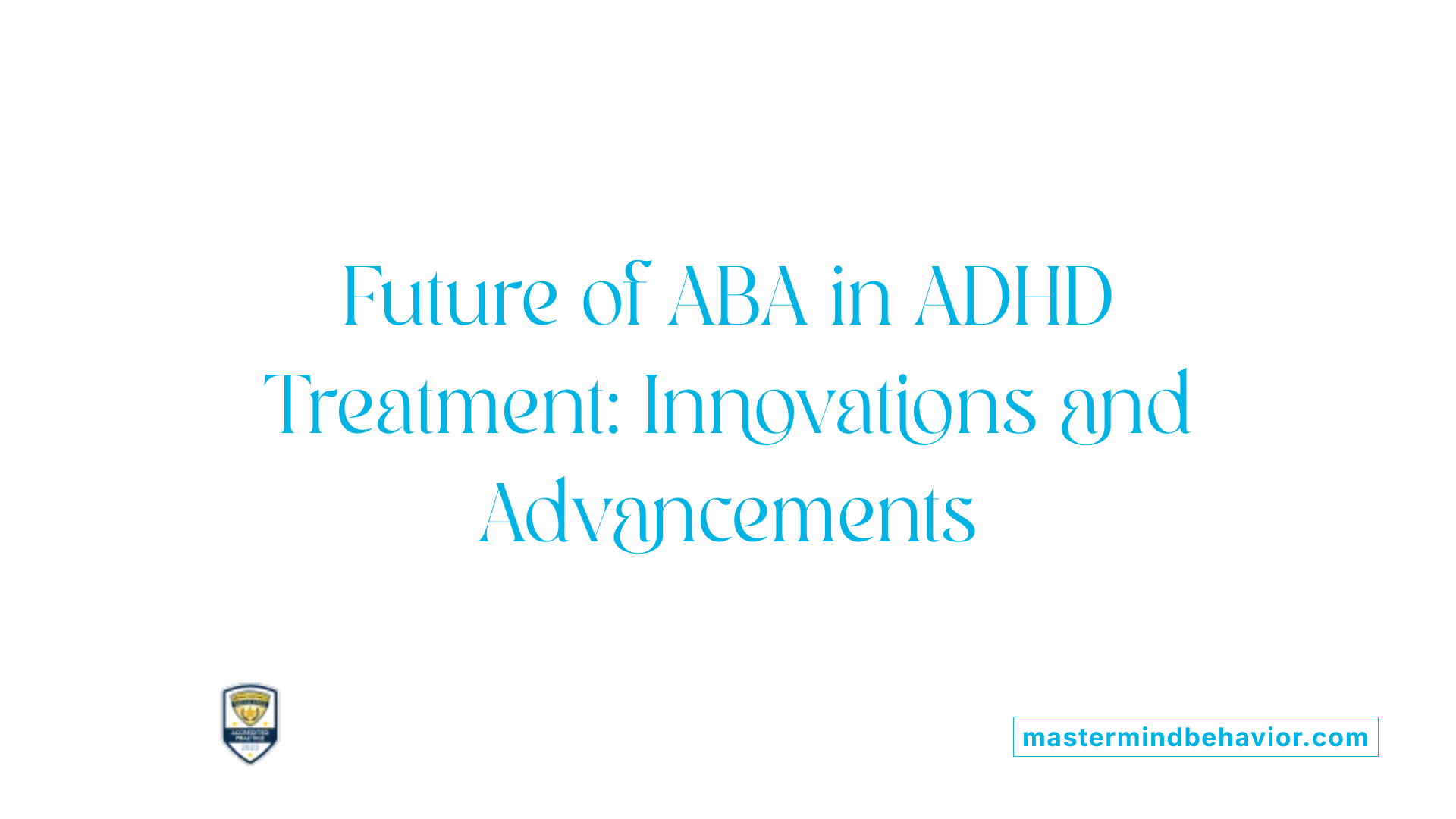
What are the principles and applications of ABA therapy for attention-related issues in children with ADHD?
ABA therapy for children with ADHD is based on systematic, scientifically supported methods rooted in behaviorism. It employs foundational techniques such as reinforcement, behavior analysis, and structured task analysis to help modify attention-related behaviors. The therapy begins with a thorough evaluation by trained professionals to understand the child's specific behavioral patterns and identify triggers.
Interventions focus on reinforcing positive behaviors like sustained attention and self-control, while reducing impulsive or disruptive actions. Techniques such as differential reinforcement, discrete trial training, and self-management are used to enhance focus, manage hyperactivity, and improve impulse regulation. ABA also involves environmental modifications and antecedent-based strategies to reduce distractions, along with response cost and tokens to motivate desirable behaviors.
This approach is highly individualized, involving detailed assessment, goal-setting, and continuous monitoring to adjust strategies according to the child's progress. When integrated with medications and other therapies, ABA has demonstrated promising outcomes in improving compliance, attention span, and social functioning, giving children with ADHD the tools they need to succeed academically, socially, and emotionally.
How can ABA be integrated with other treatments?
The most effective ADHD management often combines ABA with medication and other behavioral interventions. While medication can help control symptoms such as hyperactivity and inattention, ABA complements this by teaching functional skills and promoting positive behavioral patterns. For instance, ABA techniques like social skills training and self-monitoring can reinforce behaviors medication alone might not address.
Collaborative care plans typically involve behavioral therapists working alongside medical professionals and educators to ensure consistency across home, school, and therapy settings. Using visual supports, routine structuring, and social role-playing within ABA enhances generalization of skills beyond therapy sessions. Such integration ensures a comprehensive, adaptable approach that targets multiple facets of ADHD, maximizing positive outcomes.
Why is parent training and personalized intervention planning important?
Active parent involvement is vital in ABA for ADHD, as it promotes consistency and reinforcement across different environments. Parent training sessions teach caregivers how to implement behavioral strategies, respond to challenging behaviors appropriately, and reinforce progress. This empowerment enables parents to sustain gains made during therapy and manage behaviors proactively.
Personalized plans are tailored based on detailed assessments to address each child's unique behavior profile, learning style, and family context. Continuous monitoring allows adjustments to goals and techniques, ensuring relevance and effectiveness. Regular communication between therapists and families fosters trust and collaborative problem-solving, which enhances treatment adherence and success.
How is ABA helping empower children for independence and social success?
ABA's structured and supportive approach equips children with essential life skills, self-regulation, and social competence. Techniques such as modeling, social skills training, and emotional regulation exercises help children understand social cues, wait their turn, and respond appropriately in different situations.
As children develop these skills, they gain confidence and independence in daily routines, academic settings, and social interactions. Group-based ABA activities encourage positive peer engagement and cooperation. Over time, these strategies foster resilience, emotional control, and social success, laying a foundation for long-term personal and interpersonal growth.
| Aspect | Focus | Key Techniques | Expected Outcomes |
|---|---|---|---|
| Attention Training | Enhancing focus | Visual schedules, task analysis, positive reinforcement | Improved concentration and task completion |
| Hyperactivity Control | Managing energy | Movement breaks, structured routines | Reduced impulsivity and restlessness |
| Impulse Control | Developing self-control | Response delay, self-monitoring | Better frustration tolerance and decision-making |
| Social Skills | Building peer relations | Role-playing, modeling, social stories | Enhanced communication and cooperation |
| Emotional Regulation | Managing emotions | Recognizing triggers, coping strategies | Reduced emotional outbursts and anxiety |
Research continues to support ABA's role in ADHD care, with ongoing innovations aimed at improving its effectiveness and flexibility. The future of ABA aligns with personalized, technology-driven approaches to provide even more targeted and accessible support for children with ADHD.
Summary and Forward Outlook on ABA's Role in ADHD Care
ABA therapy offers a scientifically supported, adaptable, and effective approach to managing attention problems in children with ADHD. Its individualized techniques, emphasis on positive reinforcement, and focus on skill development empower children to improve focus, self-control, and social interactions. As research advances, integrating ABA with medication, educational strategies, and family training will enhance outcomes further. Continued collaboration among professionals, caregivers, and children will be essential to unlocking the full potential of ABA therapy in fostering independence, resilience, and social success for children with ADHD.
References
- Incorporating ABA Therapy for ADHD in Daily Life
- ABA Therapy for ADHD/ADD - Award Behavioral Health
- ABA Therapy for ADHD: Techniques and Benefits - Butterfly Learnings
- Key Techniques in Applied Behavior Analysis for ADHD - Astra ABA
- ABA therapy for ADHD Treatment: Techniques & Examples - Mentalyc
- How ABA Helps Individuals with ADHD - The Behavior Box
- Can ABA Therapy Be Used for ADHD?
Recent articles

How To Integrate ABA Strategies During Mealtime And Snack Time
Practical ABA Techniques to Enhance Mealtime Experiences for Children with Autism
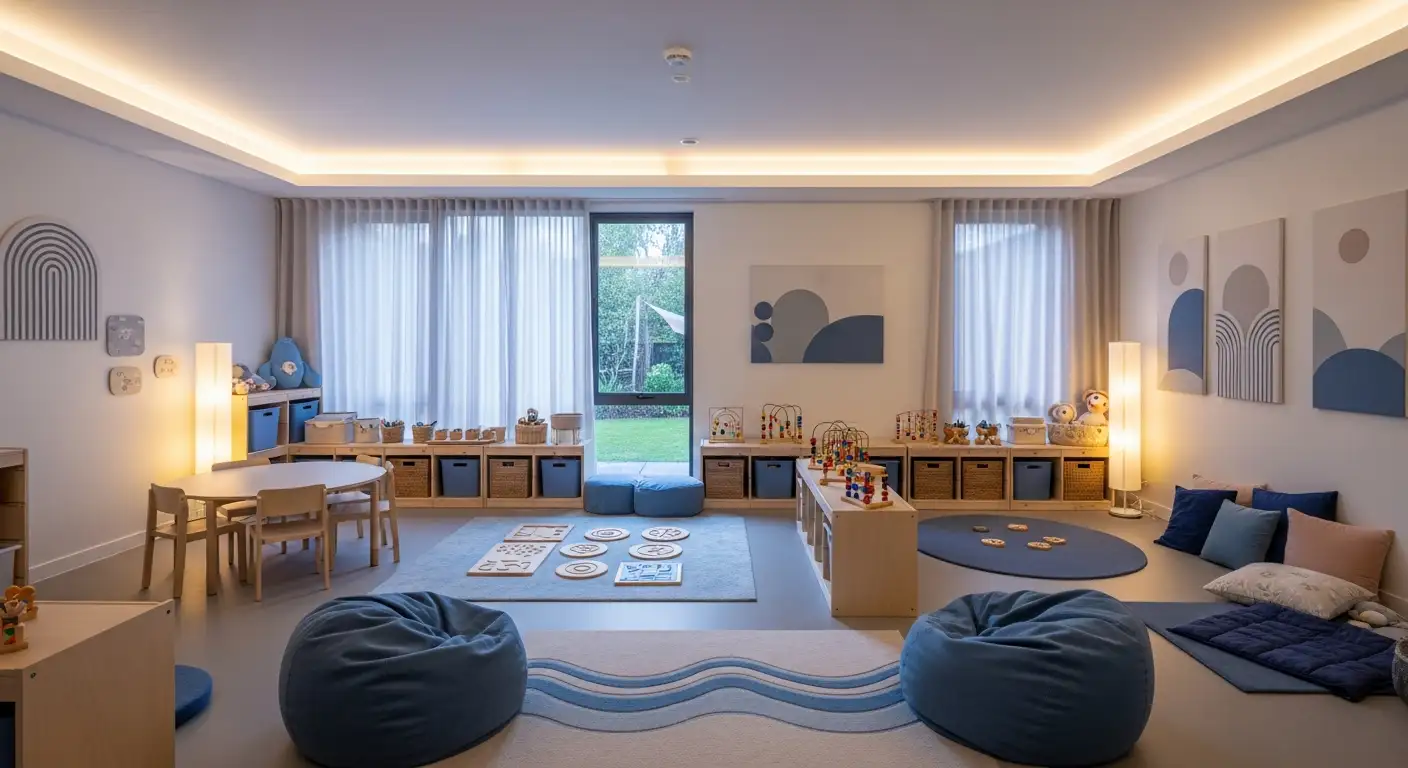
ABA Therapy To Support Emotional Expression In Young Children
Harnessing ABA Therapy to Enhance Emotional Expression in Early Childhood Autism

Understanding Functional Communication Training (FCT) In ABA Therapy
Unlocking Communication: How Functional Communication Training Transforms ABA Therapy
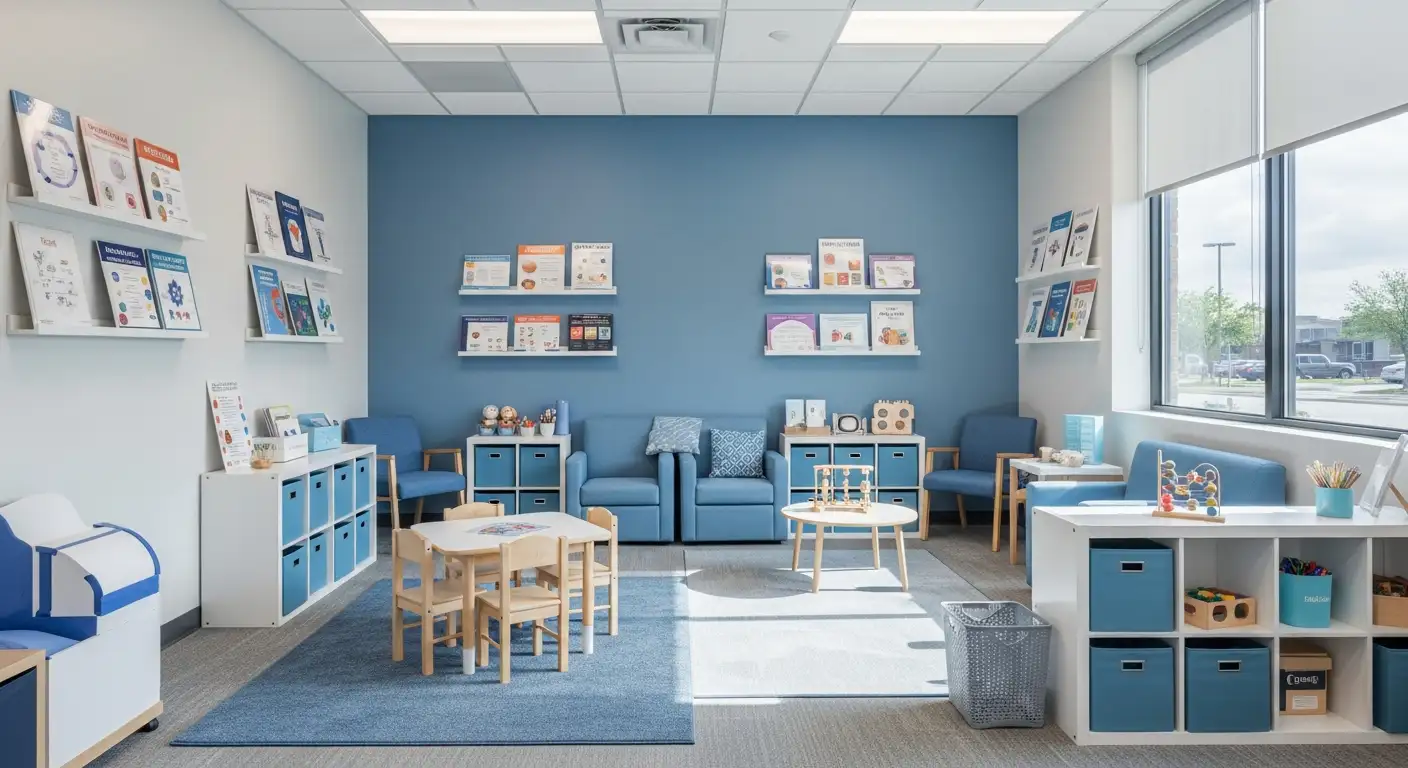
ABA Therapy To Reduce Argumentative Behavior In Children
Transforming Challenging Behaviors: The Role of ABA in Autism Care
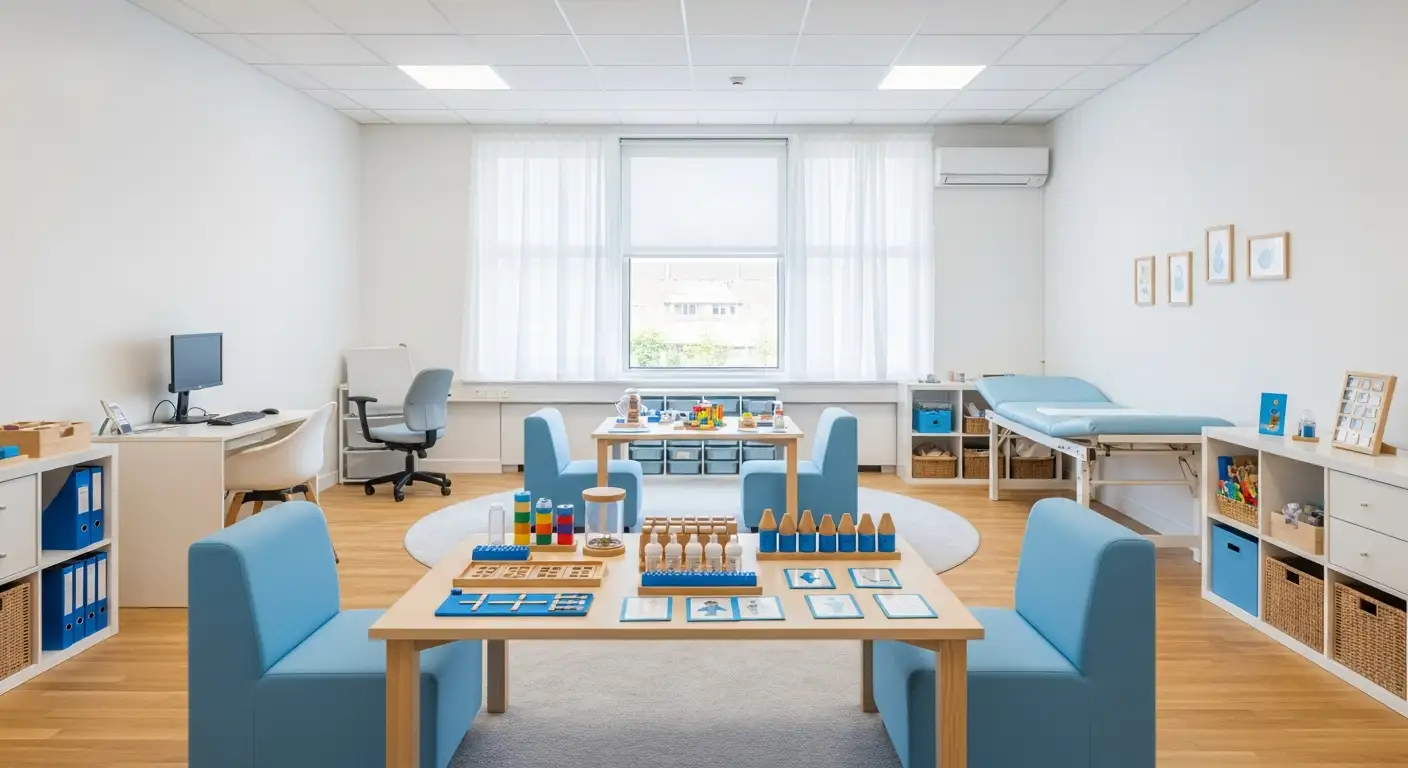
Teaching Independent Decision Making Through ABA
Unlocking Autonomy: The Role of ABA in Fostering Independent Decision Making

The Role Of ABA Therapy In Supporting Children With Social Challenges
Unlocking Social Potential: How ABA Therapy Empowers Children with Autism



